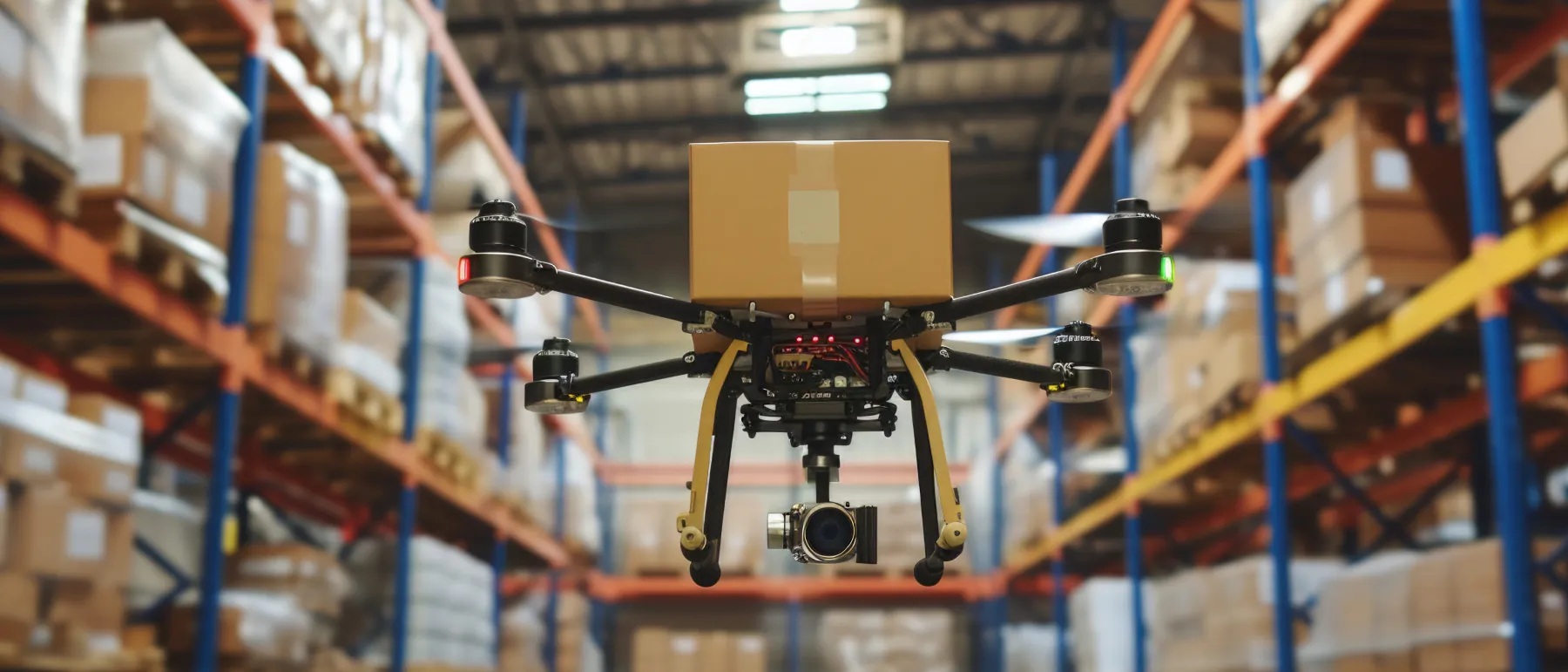Walmart: AI for Supply Chain Optimization and Inventory Management

Walmart uses AI for supply chain optimization, leveraging predictive analytics and machine learning to improve inventory management, logistics, and overall efficiency, resulting in reduced costs and enhanced customer satisfaction
1. Introduction:
Walmart, a global retail giant, manages an incredibly complex supply chain involving thousands of stores and suppliers.
To ensure product availability and minimize waste, Walmart has embraced AI, particularly predictive analytics and machine learning, to optimize its supply chain and inventory management.
This case study explores how Walmart leverages AI to enhance efficiency and improve its operational effectiveness.
2. The Challenge/Opportunity:
Managing inventory across a vast network presents significant challenges, including:
- Accurately forecasting demand to prevent stockouts and overstocking.
- Optimizing logistics to ensure timely delivery of products.
- Reducing waste and minimizing costs associated with excess inventory.
The opportunity lies in using AI to gain deeper insights into consumer demand, streamline logistics, and create a more responsive supply chain.
3. The AI Solution:
Walmart utilizes a variety of AI technologies, including:
- Predictive Analytics: Machine learning algorithms analyze historical sales data, seasonal trends, and external factors to forecast demand.
- Inventory Optimization: AI systems optimize inventory levels in real-time, ensuring that products are available when and where they are needed.
- Logistics Optimization: AI-powered routing and scheduling systems optimize delivery routes, reducing fuel consumption and delivery times.
- Automated Warehousing: The use of AI driven robotics, to help with the sorting, and moving of products within warehouses.
Key functionalities:
- Real-time data analysis.
- Automated decision-making.
- Continuous optimization.
4. Results and Impact:
Reduced Inventory Costs: AI-driven inventory optimization has minimized overstocking and reduced storage costs.
Improved Product Availability: Accurate demand forecasting has reduced stockouts, ensuring that customers can find the products they need.
Faster Delivery Times: Optimized logistics have improved delivery efficiency, reducing lead times.
Increased Efficiency: Automation within warehousing, and within logistical routing has increased over all efficiency.
Data and Statistics:
Walmart has reported significant improvements in its inventory turnover and supply chain efficiency.
Walmart has also publically announced the positive effects of their optimized delivery routes, and the savings that have been generated from those optimizations.
Qualitative Benefits:
- Enhanced customer satisfaction due to improved product availability.
- Reduced waste and improved sustainability.
- Improved operational agility and responsiveness.
5. Key Takeaways:
- AI is essential for managing complex supply chains in the retail industry.
- Predictive analytics and machine learning can provide valuable insights into consumer demand and optimize inventory levels.
- AI-powered logistics can improve delivery efficiency and reduce costs.
- Continuous investment into AI, and machine learning is required to keep pace with an ever changing retail environment.
- The use of AI within the supply chain, not only improves the business, but can also have a positive effect on the environment.
